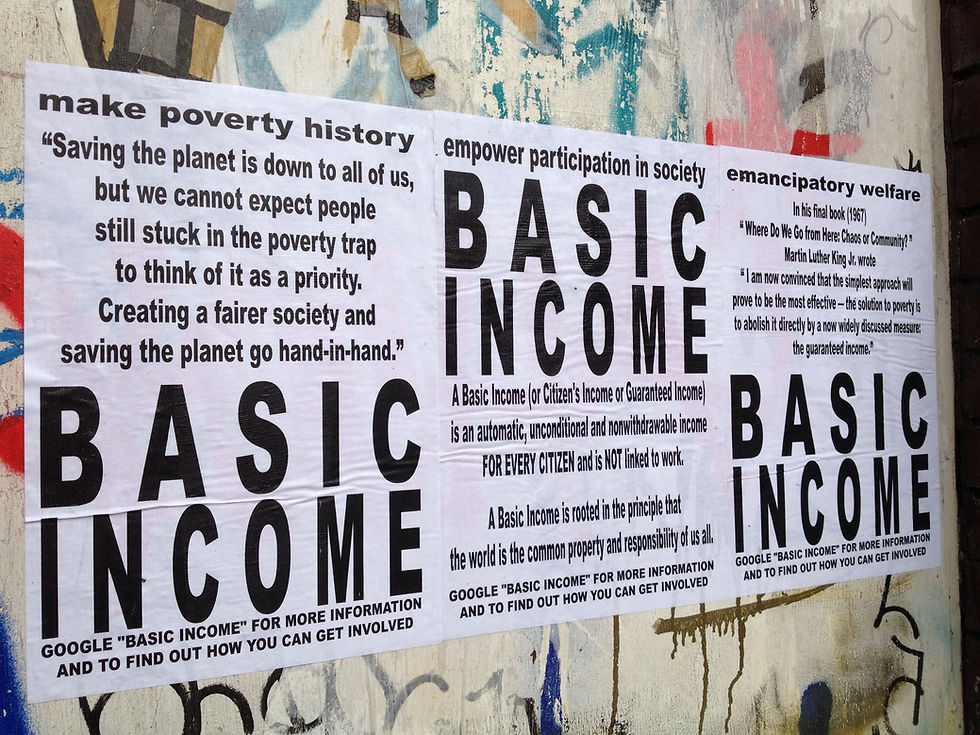From Promises to Problems: How the Government is Stalling India’s Progress (Op-Ed)
- Sparsh

- Jan 11
- 3 min read
India, the world’s fastest-growing major economy, finds itself at an inflection point. Beneath the veneer of macroeconomic growth, critical cracks have appeared in private consumption, wages, and inflation management, raising questions about the government's policy priorities. Despite having the financial bandwidth to alleviate economic strain, the government’s approach has left many questioning its commitment to fostering equitable growth.
Stagnant Wages and Declining Consumption
Private consumption, which contributes 60% to India’s GDP, has been faltering. Data from the Ministry of Statistics shows that the growth rate of private consumption has dropped from 7.4% to 6% in the last quarter. The stagnation in wages compounds this issue. Over the past six years, real incomes for urban workers have grown by just 1%, while rural incomes have declined by 3%. As household budgets tighten, even essential items like soap and toothpaste are struggling to find buyers. Companies such as Hindustan Unilever reported a 4% drop in profits: a direct consequence of weakened consumer demand.

The Food Inflation Crisis
Food inflation has further exacerbated the economic malaise. Vegetable prices surged by 40% in October 2024, the highest increase in five years, driven by extreme weather events and government-imposed import duties. For the average Indian household, where 50% of the budget is spent on food, this inflationary spike forces spending cuts on other goods. This cascading effect further suppresses private consumption, which is vital for economic growth.
A Debt-Driven Economy
While incomes stagnate, consumer borrowing has surged. Many households are relying heavily on loans to maintain their standard of living. Stories like that of Kripa, a Bengaluru cook who told Nikkei Asia that he is spending 60% of his income on EMIs for items like motorcycles and smartphones, underscore this troubling trend. High debt burdens reduce disposable income, perpetuating a vicious cycle of low spending and economic stagnation.
Missed Opportunities in Policy
The government’s policy choices have drawn criticism for their inefficacy in addressing these economic challenges. Despite a significant reduction in global crude oil prices, domestic fuel prices remain unchanged. State-run oil companies reported record profits of ₹81,000 crore in FY24. yet consumers have seen no relief. Lowering fuel prices could directly alleviate inflationary pressures and increase disposable income, but the government has opted to retain high prices.
Similarly, GST rates, another lever for economic relief, have remained largely unchanged despite a surplus in the GST compensation fund. Reducing GST rates could stimulate consumption and support businesses, but the government’s fixation on maintaining high revenues has prevented such measures. Instead, plans to introduce a luxury goods GST slab further widen the gap between policy and public welfare.
Manufacturing and Investment Gaps
Manufacturing, a key driver of job creation and economic growth, has also suffered due to delayed reforms. Despite introducing new labor codes in 2019, their implementation remains pending. Furthermore, disinvestment targets have been consistently missed, with only 6% of the ₹50,000 crore target achieved this year. These failures highlight a lack of urgency in addressing structural issues.
The Road Ahead
Economic experts agree that India’s growth potential lies between 6-7%, far below the aspirational 8-10% needed to achieve developed-nation status by 2047. To close this gap, bold reforms are needed. Reducing fuel and GST rates, simplifying labor laws, and accelerating disinvestment could provide immediate relief and long-term benefits. Encouraging private sector investment would also create jobs and increase wages, fueling a virtuous cycle of growth.
Conclusion
India stands at a crossroad. The government has the resources to mitigate the economic slowdown but has chosen to prioritize revenue generation over public welfare. Without timely interventions, the dream of a developed India risks becoming a distant mirage. It is imperative for policymakers to realign their priorities, placing the needs of the people and sustainable economic growth at the forefront.

_edited.png)



Comments